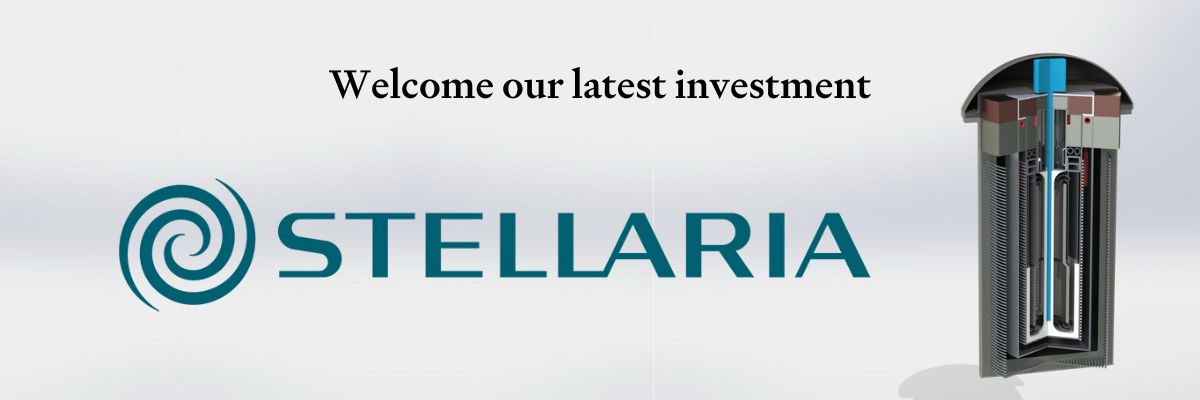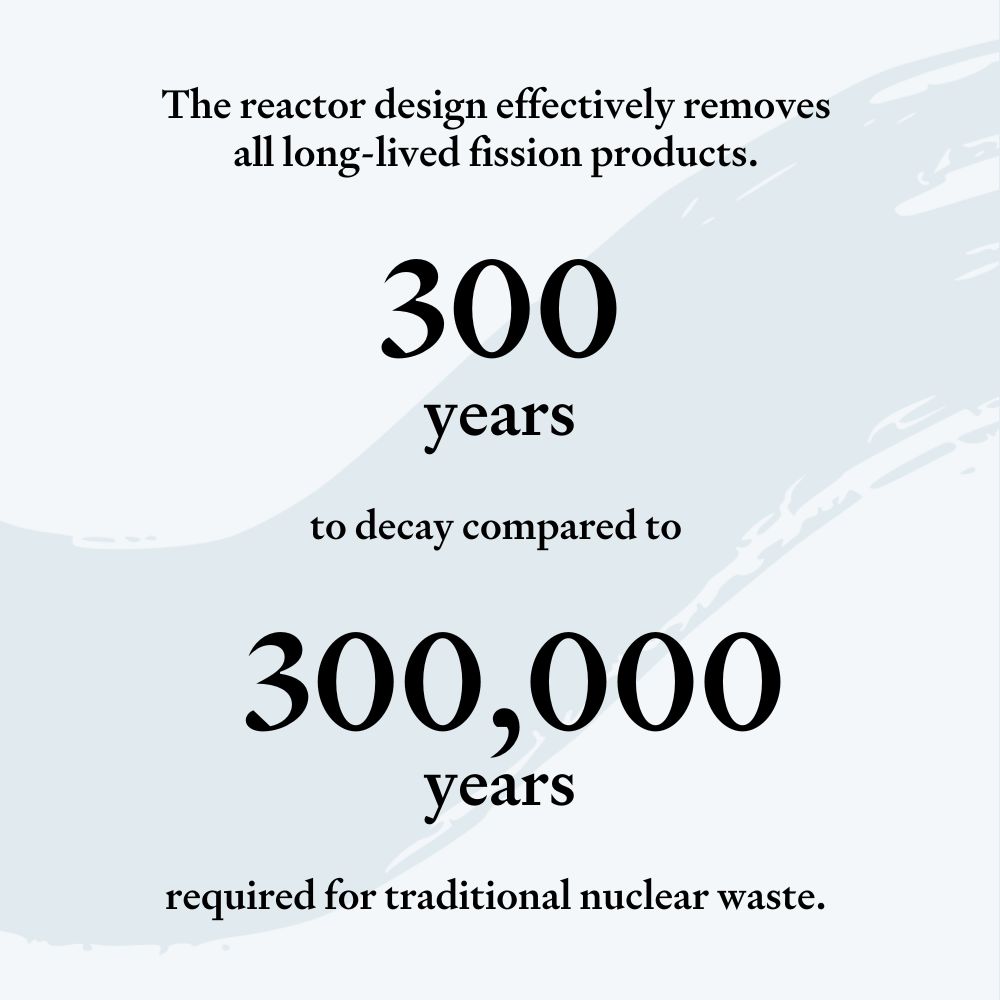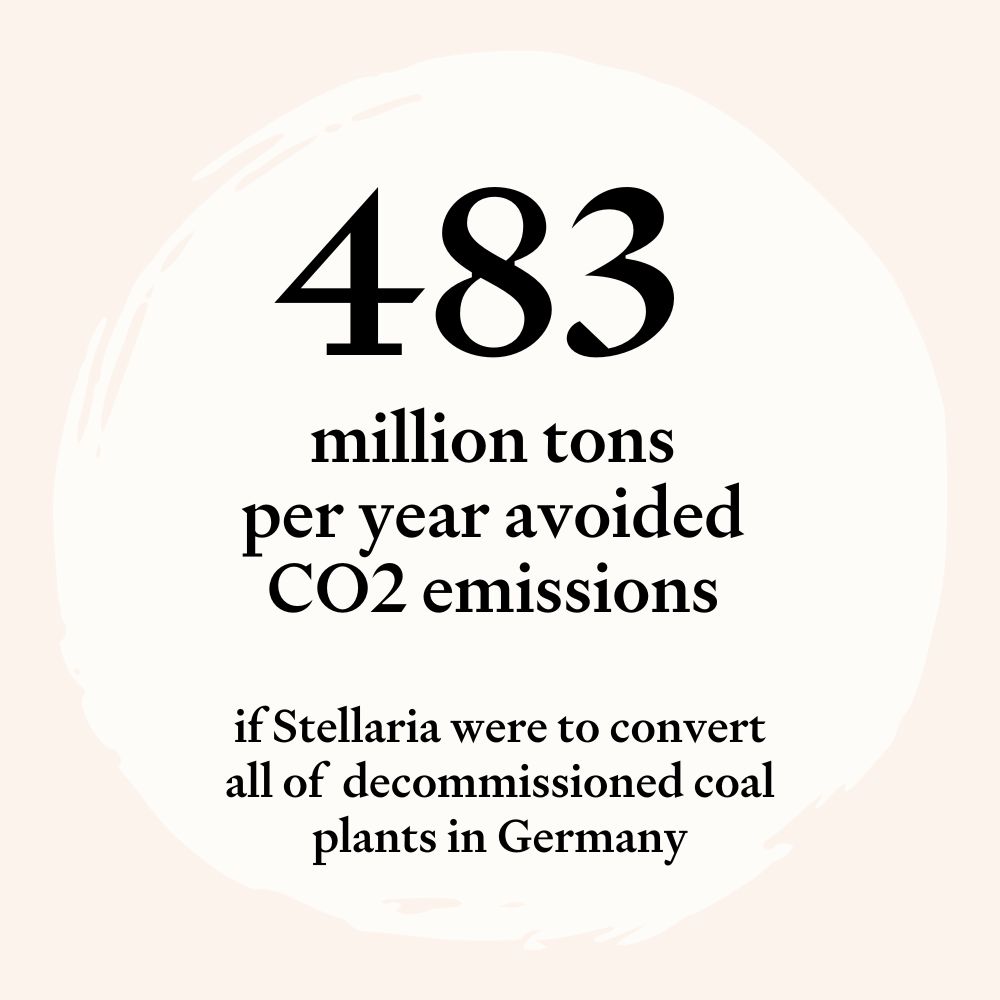The world faces urgent energy challenges: the need for clean, reliable, and scalable power sources to combat climate change and support economic growth. Nuclear energy, particularly Small Modular Reactors (SMRs), offers a promising solution. SMRs are smaller, safer and more cost-efficient than traditional reactors, making them suitable for modern energy demands and easier to deploy in diverse locations.
Stellaria is a nuclear technology company positioned to capitalize on the growing SMR market. It leverages innovative reactor designs focused on safety, modularity, and affordability. The company's strategy involves licensing core systems and developing a robust pipeline of projects across Europe, primarily utilizing decommissioned coal plants. This approach minimizes initial costs and accelerates deployment. A key focus is gaining regulatory approval, with active engagement with France’s Nuclear Safety Authority (ASN) and plans to submit a license application for its first reactor within two years.
The likelihood that nuclear power will be a big part of the energy future globally is now quite high, particularly with the recent accelerated support of governments and of larger corporate operators in the burgeoning AI and data center markets. More nuclear means more fuel types and more waste – and this is precisely Stellaria’s unfair advantage.
Stellaria alone will be uniquely positioned by their multifuel capability combined with their capacity to incinerate a variety of long-lived high-level radioactive wastes. By acting as a “Swiss army knife” for recycling a myriad of nuclear waste streams, Stellaria will provide an essential service that keeps pace with the nuclear industry’s anticipated hockey-stick growth.
Moreover, their capacity to reuse & recycle third parties’ nuclear waste gives them autonomy in the commodities pricing of nuclear fuel, another unfair advantage that will amplify their value proposition in the increasingly diverse technology landscape of advanced reactors and SMRs.
Focused on the scale up challenges, Stellaria’s well-structured funding and strategic project locations reduce early risks. Its innovative, safety-focused reactor design positions it for regulatory approval and market success. Aiming for significant growth, Stellaria is on track to reach a unicorn valuation within the next decade.
Stellaria’s reactor is a fast neutron molten salt design that uses sodium chloride (NaCl) liquid salt to efficiently generate electricity while significantly reducing long-lived nuclear waste. Unlike traditional thermal reactors, it produces less waste and can recycle PU-238, enabling extended fuel use and resource sustainability.

The design is simple, modular, and pump-free, featuring brick-like components that are easy to assemble and maintain. Thanks to its low-pressure operation, it employs thin-walled tanks that ensure safety while simplifying construction.
Safety is intrinsic to its design: the molten salt expands and dilutes as it heats, naturally slowing or stopping the chain reaction without external intervention. This expansion acts as an automatic regulator, stabilizing the system within approximately 30 seconds, which greatly reduces the need for emergency shutdowns.
The reactor is highly controllable during startup and shutdown, with the core protected by multiple containment layers. Because the salt remains in a liquid state and operates at low pressure, the risk of leaks or runaway reactions is minimized. Large salt drains into subcritical tanks, allowing for safe, gravity-assisted removal of fuel if necessary.
Overall, this design is estimated to be ten times safer than current systems, with automated safety features, leak containment capability, and minimal offsite impacts, making it a highly resilient and clean energy solution.
Unit economics highlight the economic viability of Stellaria’s nuclear technology. The estimated capital expenditure for a plant is about half compared to traditional projects, reflecting a more cost-efficient approach to nuclear development. The levelized cost of energy (LCOE) is projected at €55/MWh, making it superior to coal (€85/MWh) and gas (€110/MWh) powered plants, and with 175X lower carbon power output.
A key factor influencing costs is reactor downtime, mainly due to vessel replacements because of the internal fuel recycling. Early years involve negative cash flow, but revenue streams from licensing, data monetization, and isotope sales are expected to accelerate profitability.
The initial 10 kWth facility is projected to reach full operation for testing by 2031, with larger 100 MWth plants reaching commercialization around 2035. The intrinsic safety enables it to be built in cities where energy is needed, emphasizing the competitiveness and scalability of Stellaria’s unit economics, making the technology attractive for investors and future customers alike.

The reactor design effectively removes all long-lived fission products, which decay in approximately 300 years compared to the 300,000 years required for traditional nuclear waste. This process also reduces the overall waste volume by a factor of four through recycling of the fuel. Early versions of the reactor were initially intended to operate solely on existing waste, but the current waste supply is insufficient for this purpose. With just ten reactors, they could potentially absorb all the available nuclear waste globally.
France currently generates about 70% of its electricity from nuclear energy. To reach At One Ventures’ target, Stellaria needs to develop projects across Europe, particularly in countries where nuclear is less prevalent. The potential for environmental impact depends heavily on each country’s energy mix; for example, Germany relies more on coal. Stellaria aims to locate its reactors in decommissioned coal plants. If Stellaria were to convert all of these decommissioned coal plants, the total avoided CO2 emissions would amount to approximately 483 million tons per year.
The company has begun establishing market presence through licensing core systems and projects securing multi-year contracts. Early wins include agreements for design, maintenance, and fuel services, with revenue expected to commence in 2031 and grow significantly by 2035.
Key learnings involve the importance of strategic partnerships and refining project execution. While still in the early stages, their go-to-market plan focuses on scalable licensing and project deployment in Europe, leveraging existing infrastructure. Stellaria has surrounded themselves with strategic investors to ensure they are developing a product that fits the needs of the market.
This phased approach aligns with their broader timeline of market entry and growth, positioning them for strong future traction.
The team combines deep technical expertise from the CEA with strong business skills, led by Nicolas’s experience in energy digitization and climate solutions, and Antoine’s strong nuclear physics background.
Small modular reactors (SMRs) are critical to the future of clean, dispatchable power, explains lead investor on the deal, Partner Laurie Menoud.
"Molten salt reactors offer a strong path: inherently safer, more efficient, and with the potential to burn existing long-lived waste. Stellaria takes this further with a radically simplified design, no pumps, fewer moving parts, and the ability to replace the vessel without touching the fuel. That simplicity reduces costs, mitigates corrosion risks, and shortens maintenance cycles.
We invested because Stellaria is solving the core technical and economic barriers holding back nuclear, cost, complexity, and waste.
The reactor offers low CAPEX and LCOE, passive safety with 72-hour cooldown, fuel flexibility, and fast power ramping for best-in-class safety management. Add to that a favorable regulatory environment in France and early strategic engagement, and Stellaria stands out.
This is the kind of planetary impact we’re here for: clean, dispatchable power that can be built faster, sited closer, and operated more safely than what is available today. Stellaria isn’t just building a reactor, it’s building the future of nuclear energy and nuclear waste management."


